Buy ACT in practice 2022 – Steven C.Hayes Course at GBesy. We actively participate in Groupbuys and are committed to sharing knowledge with a wider audience. Rest assured, the quality of our courses matches that of the original sale page. If you prefer, you can also buy directly from the sale page at the full price (the SALEPAGE link is directly provided in the post).
Salepage link: At HERE. Archive: https://archive.ph/wip/nzkuz
$629 $187 – ACT in practice 2022 – Steven C.Hayes
Lifetime Access
Confidently Apply ACT from Intake through Treatment
acceptance and commitment therapy to cultivate lasting change
The Gap between Theory and Practice
- They work comfortably with acceptance and defusion, but struggle to find the right exercise to target self-as-context, so avoid it in sessions
- They sometimes feel like teachers instead of therapists, relying on lecturing to introduce concepts instead of weaving experiential exercises naturally into sessions
- They feel stuck when it comes to challenging clients, unsure of how to move forward or make their sessions as valuable as possible
- They hesitate to push certain clients to engage with difficult thoughts or feelings for fear of demotivating them further, but end up on different pages about their therapeutic aims
- They approach sessions with rigid ideas about what should happen next rather than being able to respond flexibly to the moment
How a Process-Based Framework Helps You Apply ACT More Effectively
1.It helps you think flexibly instead of linearly
2.It allows you to turn case complexity into opportunity
3. It provides a guiding pathway for work with lasting impact
Learning this Approach
Course Format
Course Structure
Throughout the course, you will develop a guiding framework and practical skills that help you:
- Develop a deeper understanding of your clients from the very first session, so you can plan and implement treatment more effectively with holistic aims in mind
- Access a broad range of exercises, metaphors, and interventions that can help you create experiential learning in sessions rather than resorting to lecturing
- Hone your ability to make accurate reads and identify client strengths and weaknesses as well as opportunities for meaningful work
- Always have a full grasp of your client’s entire case and how issues are being retained, so you can move flexibly between processes and maintain a clear sense of direction
- Understand how to use the psychological flexibility model as a framework for incorporating other important processes and interventions in evidence-based therapy
Curriculum
Module 1: Preliminary Network
- How a process-based framework offers a better way forward than previous efforts to categorize and treat psychological disorders
- The guideposts you can follow throughout the client relationship to better understand someone’s case, choose interventions, and measure outcomes
- Start building the practical skills needed to visualize a client’s case clearly
- See Dr. Hayes’s thought process as he walks you through creating a preliminary network diagram for Mariana, a roleplay client dealing with a history of abuse and struggling to find joy and connection in life
- Draw your own preliminary network diagram based on a case study of Stan, a father experiencing debilitating anxiety that impacts his relationship with his family
Module 2: Functional Analysis
- How process-based functional analysis can help you choose treatment interventions that give you the greatest chance of success
- How to measure a client’s psychological flexibility, your therapeutic alliance with them, and treatment outcomes
- Using an Extended Evolutionary Meta Model to understand clients’ psychology in relation to physiological and social factors
- Watch Dr. Hayes perform functional analysis of Mariana’s case by building on his preliminary network diagram
- Take your preliminary network diagram of Stan’s case to the next stage: creating a functional analysis diagram
Module 3: Treatment Planning
- Turning functional analysis into an effective treatment plan that fits with a client’s goals for therapy
- How to disrupt maladaptive behavior patterns within a case and turn them into self-sustaining adaptive loops that will last even after your work with a client ends
- Review an emotional approach to creative hopelessness for Mariana, a strategy that can be used with clients who are resistant to change
- Watch as Dr. Hayes creates a treatment plan diagram for Mariana and shares his thought process
- Based on your functional analysis diagram from Module 2, draw a treatment planning diagram that helps you map out impactful interventions for Stan
Module 4: Acceptance and Defusion
- Identify reads and interventions related to emotional and cognitive flexibility (acceptance and defusion)
- How to target these two processes indirectly through other areas of psychological flexibility, and vice versa, opening up more options for meaningful intervention
- Watch a 3-part roleplay with Mariana showing key elements of the treatment plan created in Module 3
- Examples of how to successf
$629$187 – ACT in practice 2022 – Steven C.Hayes
Buy the ACT in practice 2022 – Steven C.Hayes course at the best price at GBesy.. After your purchase, you will get access to the downloads page. You can download all the files associated in your order at here and we will also send a download notification email via your mail.
Unlock your full potential with ACT in practice 2022 – Steven C.Hayes courses. our courses are designed to help you excel.
Why wait? Take the first step towards greatness by purchasing ACT in practice 2022 – Steven C.Hayes courses today. We offer a seamless and secure purchasing experience, ensuring your peace of mind. With our trusted payment gateways, Stripe and PayPal, you can confidently complete your transaction knowing that your financial information is protected.
Stripe, known for its robust security measures, provides a safe and reliable payment process. With its encrypted technology, your sensitive data remains confidential throughout the transaction. Rest assured that your purchase is protected.
PayPal, a globally recognized payment platform, offers an additional layer of security. With its buyer protection program, you can feel confident in your purchase. PayPal ensures that your financial details are safeguarded, allowing you to focus on your learning journey.
Is it secure? to Use of?
- Your identity is completely confidential. We do not share your information with anyone. So it is absolutely safe to buy the ACT in practice 2022 – Steven C.Hayes course.
- 100% Safe Checkout Privateness coverage
- Communication and encryption of sensitive knowledge
- All card numbers are encrypted using AES at relaxation-256 and transmitting card numbers runs in a separate internet hosting atmosphere, and doesn’t share or save any data.
How can this course be delivered?
- After your successful payment this “ACT in practice 2022 – Steven C.Hayes course”, Most of the products will come to you immediately. But for some products were posted for offer. Please wait for our response, it might take a few hours due to the time zone difference.
- If this happens, please wait. The technical department will process the link shortly after. You will receive notifications directly by e-mail. We appreciate your wait.
What Shipping Methods Are Available?
- You will receive a download link in the invoice or YOUR ACCOUNT.
- The course link always exists. use your account to login and download the ACT in practice 2022 – Steven C.Hayes course whenever you need.
- You only need to visit a single link, and you can get all the ACT in practice 2022 – Steven C.Hayes course content at once.
- You can do your learning online. You can be downloaded for better results and can study anywhere on any device. Make sure your system does not sleep during the download.
How Do I Track Order?
- We always notice the status of your order immediately after your payment. After 7 days if there is no download link, the system will automatically complete your money.
- We love to hear from you. Please don’t hesitate to email us with any comments, questions and suggestions.
| Status | |
|---|---|
| Language | |
| Author |
![GBesy [GB] GBesy [GB]](https://www.gbesy.com/wp-content/uploads/2023/05/gbesy-Logo-full-100.png)

![[Audio] IC80 Conversation Hour 08 - Moris Kleinhauz](https://www.gbesy.com/wp-content/uploads/2023/07/Audio-Only-IC80-Conversation-Hour-08-Moris-Kleinhauz-MD.png)
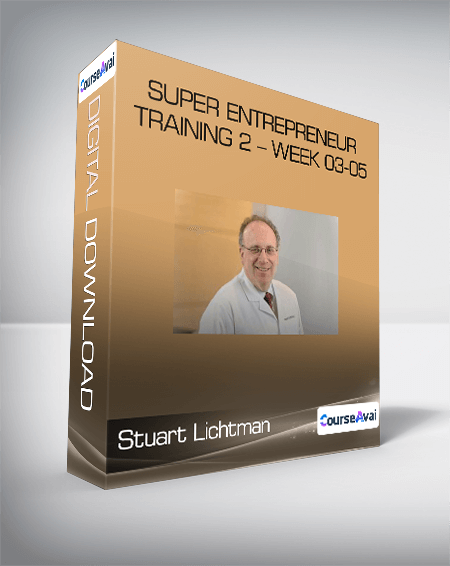
 Purchase this course you will earn
Purchase this course you will earn 
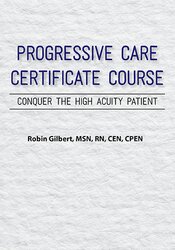

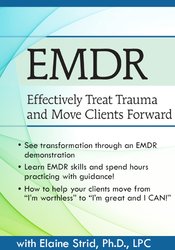
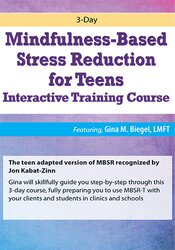
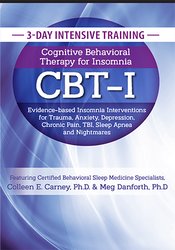
Reviews
There are no reviews yet.